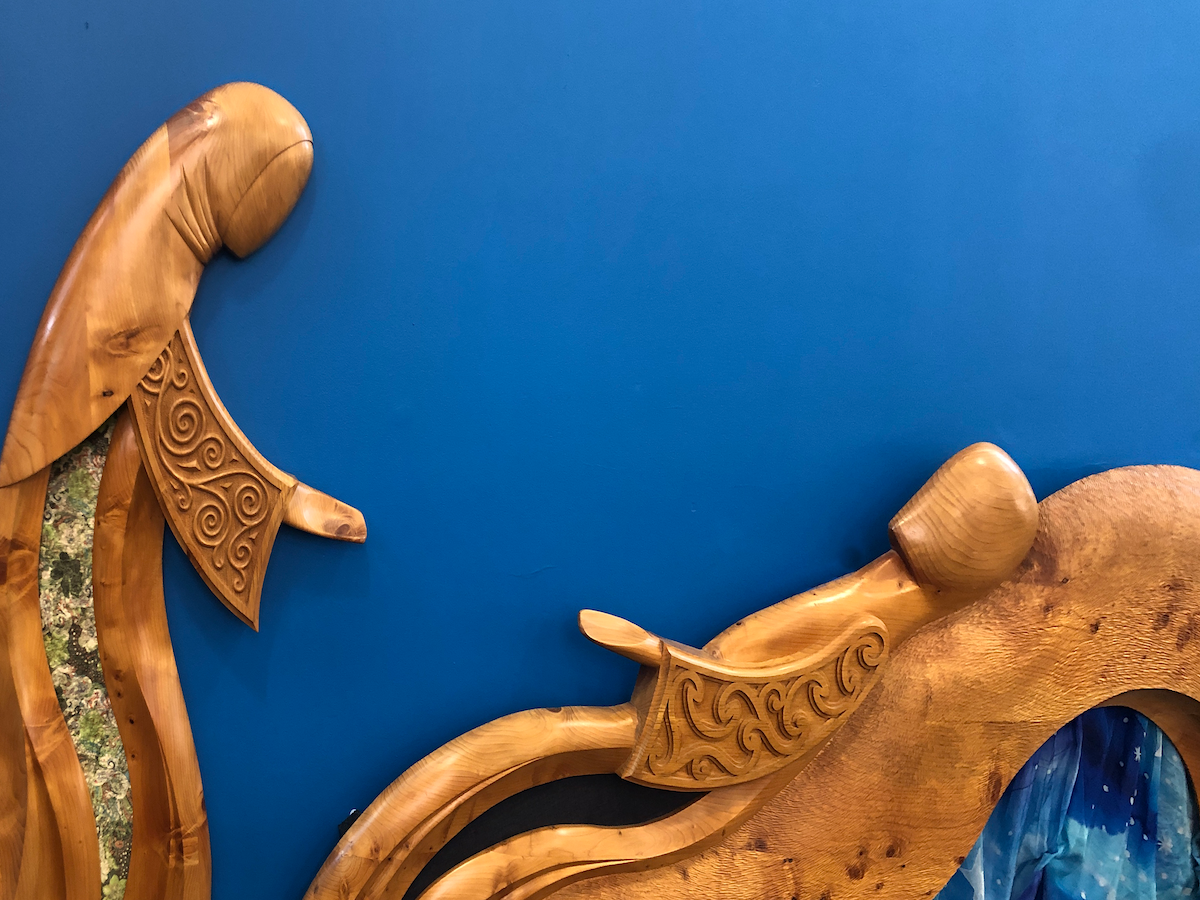
The Parable of the Good Samaritan
.. a Samaritan while travelling came near him; and when he saw him, he was moved with pity…
To read the Parable in full see Luke 10:25-37
For Good Samaritan Education being inspired by the Parable of the Good Samaritan means returning afresh to text in Luke’s Gospel again and again through Lectio Divina, where we find ourselves challenged to live lives worthy of “eternal life”.
The parable frames our questions and our mission:
How do I cooperate with the graced potential created in me?
Who is my neighbour?
How do I, in my life, “go and do likewise”?
Gabrielle Sinclair
Director of Formation and Mission Integration
..call to be attentive…
Every time I read the parable it has a new story to tell me, a new frame for me on that particular day.
However, the parable calls me to be attentive and more aware of myself in the world and the world around me. It gently, and sometimes not so gently, reminds me I can only be ready to respond to my neighbour’s needs if I am attuned to the moment, attuned to encounter.
It is too easy to walk on by when we are caught in our own bubbles, oblivious to others. The example of the attentive Samaritan in the parable continues to unsettle and challenge me to do better, to be more.
The ultimate model of what it means to be a neighbour is found in the mystery of the Trinity, perfect community, where each member is whole and undiminished by the company of others but complemented and somehow more authentically whole. “Whatever is going on in God is flow, a radical relatedness, a perfect communion between Three – a circle dance of love. And God is not just the dancer but dance itself” (Roher, R. The Divine Dance, pg 27).
Taking the Trinity as a model supports a more authentic way to be present and active in the complex relationships of love and neighbour.
Pat O’Gorman
Director of Formation and Mission Integration (2017-2021)
… I am created for loving encounter...
The fundamental stance of Benedictine leadership is to treat those in our care with honour —extravagant honour. It calls us to lead with the head bowed down, a stance made real for me in the Parable of the Good Samaritan. This parable inspires me to respond everyday as positively as I can to all human need. Bowing humbly before the other person is no easy task and calls me to be present to this day, to knowing that the day can hold respect, generosity, compassion and justice. The parable inspires me to recognise that I am created for loving encounter. It challenges me to be open to life, with all of its potentials and possibilities and to seek God in the ordinary and hidden moments. Ultimately, the parable teaches me that compassion is the basis of authentic human connection. Compassion knows no limits. It breaks boundaries and makes all neighbour, including the Earth, and in so doing enriches my sense of my own humanity. Compassion demands that I am Christ-like in my thoughts and attitudes, words and deeds. It demands that I get out of myself and get my hands dirty in making that connection to the other and ensuring all need is responded to and resourced. The Parable of the Good Samaritan reminds me to ‘stop and stoop’, to ‘pause and kneel’ beside the other out of love. “Do this and you will live” Lk 10:28.
